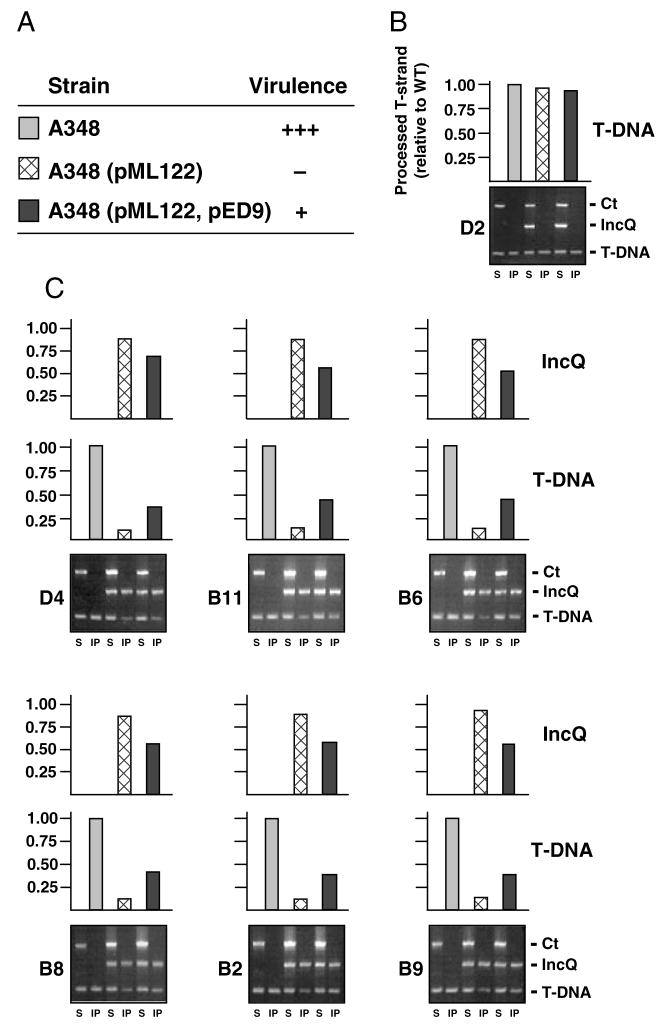Fig. 2. The pML122 IncQ plasmid substrate blocks formation of T-DNA close contacts with VirB/D4 channel subunits.
A. Inoculated Kalanchoe daigremontiana leaves were scored for tumour formation on a scale of no tumours (−) to WT tumours (+++) 5 weeks after inoculation with WT A348, A348(pML122), or A348(pML122, pED9). The latter strain overproduces VirB9, VirB10 and VirB11 from an IncP replicon.
B. Effects of pML122 and VirB9, VirB10 and VirB11 overproduction on formation of the T-DNA transfer intermediate. Antibodies to VirD2 relaxase precipitated equivalent amounts of the T-DNA substrate from extracts of A348 strains listed in A, as shown by TrIP (bottom) and QTrIP (top). TrIP: The ophDC control (Ct), pML122 mobA (IncQ) and gene 7 (T-DNA) fragments were detected by PCR amplification from soluble fractions (S) and immunoprecipitates (IP) of A348, A348(pML122) and A348(pML122, pED9). QTrIP: Levels of processed T-DNA (T-strand) in the immunoprecipitates were quantitated as described previously (Cascales and Christie, 2004a). Results are presented as a fraction of the T-DNA detected in the immunoprecipitates from WT A348 (normalized to 1.0).
C. Antibodies to the VirD4 receptor and the five putative VirB channel subunits presented at the left of each TrIP panel were used to immunoprecipitate material from extracts of strains listed in A. TrIP: Detection of PCR amplification products corresponding to ophDC (Ct), pML122 and T-DNA fragments from soluble fractions (S) and immunoprecipitates (IP) recovered from the three strains listed in A. QTrIP: Levels of processed T-DNA (middle histograms) and pML122 (top histograms) in the immunoprecipitates, presented as described in B.

